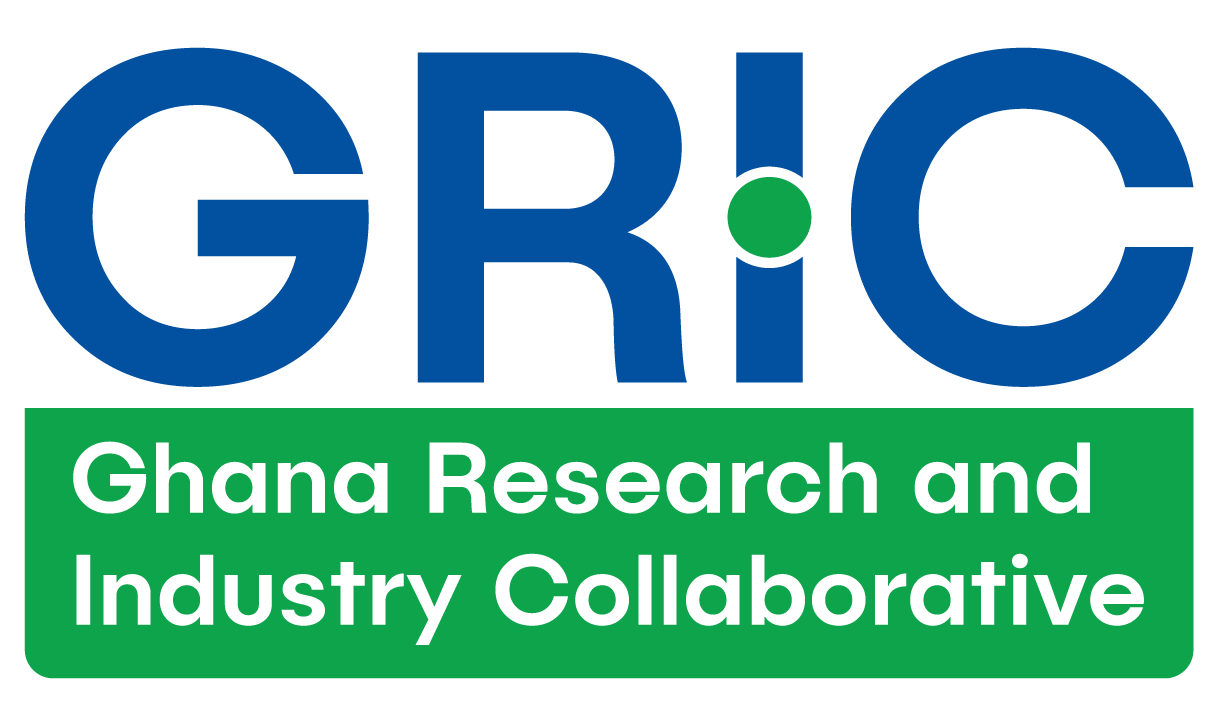Quick, accurate and reliable technique for discrimination of cocoa beans according to geographical origin is essential for quality control and traceability management. This current study presents the application of Near Infrared Spectroscopy technique and multivariate classification for the differentiation of Ghana cocoa beans. A total of 194 cocoa bean samples from seven cocoa growing regions were used. Principal component analysis (PCA) was used to extract relevant information from the spectral data and this gave visible cluster trends. The performance of four multivariate classification methods: Linear discriminant analysis (LDA), K-nearest neighbors (KNN), Back propagation artificial neural network (BPANN) and Support vector machine (SVM) were compared. The performances of the models were optimized by cross validation. The results revealed that; SVM model was superior to all the mathematical methods with a discrimination rate of 100% in both the training and prediction set after preprocessing with Mean centering (MC). BPANN had a discrimination rate of 99.23% for the training set and 96.88% for prediction set. While LDA model had 96.15% and 90.63% for the training and prediction sets respectively. KNN model had 75.01% for the training set and 72.31% for prediction set. The non-linear classification methods used were superior to the linear ones. Generally, the results revealed that NIR Spectroscopy coupled with SVM model could be used successfully to discriminate cocoa beans according to their geographical origins for effective quality assurance.
This research addresses the need for rapid and accurate methods to differentiate cocoa beans based on geographical origin, addressing a gap in quality control and traceability management in the cocoa industry.
Stakeholders in the cocoa and chocolate industry, including cocoa farmers, processors, manufacturers, and retailers, would find value in this research. Additionally, certification bodies and regulatory agencies concerned with food safety and quality standards could benefit from the findings.
Portable tool plus Smartphone technology for fast cocoa bean quality examination offers the best technique for quick and onsite measurement of cocoa bean quality attributes (fermentation index, pH, fat content, insect damage, slaty beans, classification of cocoa bean grade, acidity, polyphenols etc at Farmgate. This technology can be used by all stakeholders in the cocoa bean value chain with little or no training and further offers affordable and climate-friendly determination techniques without compromising efficiency, speed and accuracy. Thus this enables reliability of producer quality and safety.
The combination of portable tools and smartphone technology for cocoa bean quality examination would transform the industry by making quality assessment faster, more accessible, and more reliable. This innovation promotes sustainable agricultural practices. Hence, Cocoa bean value chain players and Industry practitioners are encouraged to adopt portable NIR Spectroscopic tool coupled with smartphone technology for cocoa bean quality control and traceability. Further research could focus on expanding the dataset to include cocoa beans from other regions and optimizing classification models for broader applicability. Collaboration between researchers, cocoa industry stakeholders, and technology providers would be essential to facilitate the integration of advanced spectroscopic techniques into cocoa production and supply chain management practices.
